All content
Hundreds of educational interactives, games, quizzes, videos and podcasts, plus 1000s of articles written by academic experts and guest contributors.
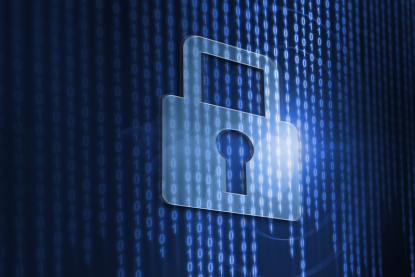 article icon
article icon
Digital & Computing
Embarking on a career in cyber security
Are you interested in a career in cyber security? Find out what career paths you can take here.
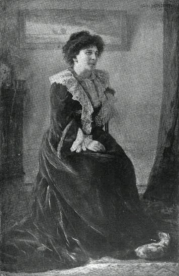 article icon
article icon
Digital & Computing
How can we stop science, engineering and technology losing talented women?
There's still a massive gender imbalance in university STEM subjects. What can be done to address this? Clem Herman has some ideas...
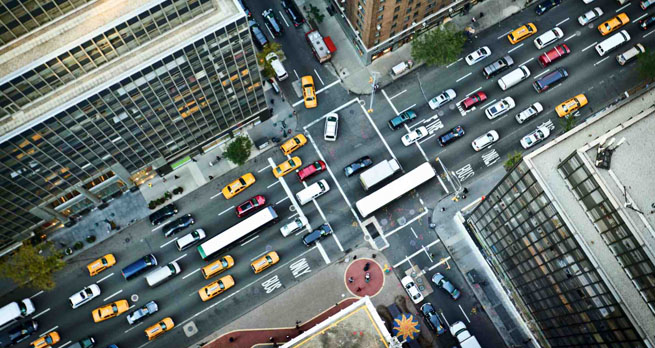 free course icon
level 1: introductory icon
free course icon
level 1: introductory icon
Digital & Computing
Internet of everything
The internet of everything (IoE) is the networked connection of people, process, data and things. As more people, data and things come online, we develop processes to harness the vast amounts of information being generated by all these connected people and things. The goal of this free course is to introduce you to fundamental concepts and ...
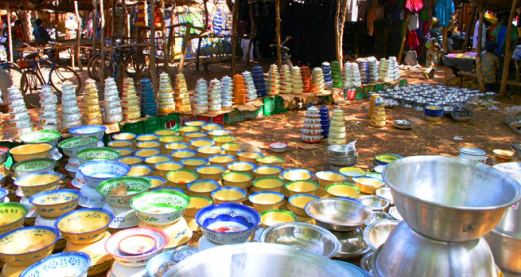 article icon
article icon
Health, Sports & Psychology
How can mobile technology help underpin reproductive rights?
The spread of mobile phone access is helping revolutionise the way data on family planning is being used and shared, reports Christabel Ligami
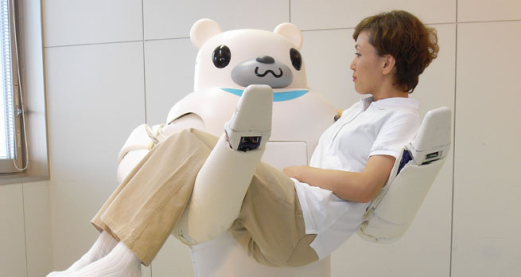 video icon
video icon
Science, Maths & Technology
We might end up being looked after by robots. How do we prepare for that?
As old age approaches, Geoff Watts confronts an inevitable future in the care of robots. But that doesn’t mean he likes it.
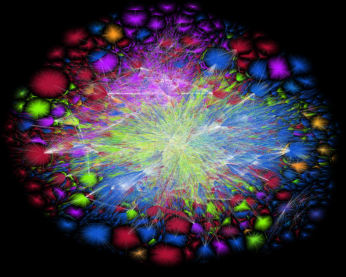 article icon
article icon
Digital & Computing
Seeing the internet
How do we see the internet? Gillian Rose explores why some artists and campaigners think it's important that the internet is made more visible.
 free course icon
level 1: introductory icon
Badge icon
free course icon
level 1: introductory icon
Badge icon
Digital & Computing
Introduction to cyber security: stay safe online
This free course, Introduction to cyber security: stay safe online, will help you to understand online security and start to protect your digital life, whether at home or work. You will learn how to recognise the threats that could harm you online and the steps you can take to reduce the chances that they will happen to you.
 article icon
article icon
Science, Maths & Technology
Five ways to... use free software
Is money tight? Save some cash by spending less on your computer: discover five ways to use free software
 activity icon
activity icon
Digital & Computing
Timeline: The History of Technology and Silicon Valley
Who created the computer? What was the first video game? When did Apple first make $1bn? When was Facebook founded? Get the answers in our interactive timeline.
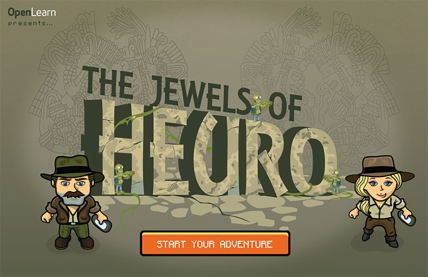 activity icon
activity icon
Digital & Computing
The Jewels of Heuro
Algorithms make the world go round. Can you master them to capture the fabled Jewels of Heuro and escape the Temple of Algoritmo alive?
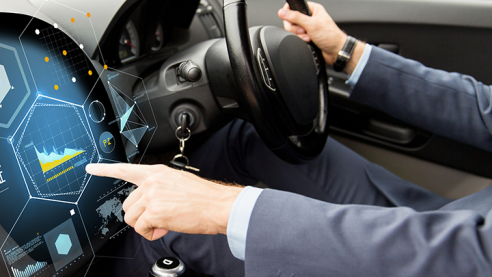 article icon
article icon
Digital & Computing
In-car technology: are we being sold a false sense of security?
Our new cars come equipped with technology to read out text messages and let us use voice commands to make phone calls. Allocating attention to other tasks, can lead to our driving performance suffering and putting lives at risk.
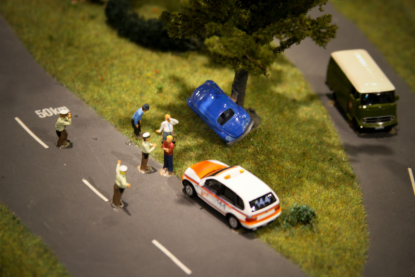 article icon
article icon
Digital & Computing
Hands-free phone tech is dangerous - so why do car firms still promote it?
Using a hands free phone while driving is as dangerous as holding a phone - and yet they're marketed as a desirable extra. Dr Gemma Briggs wonders why.
